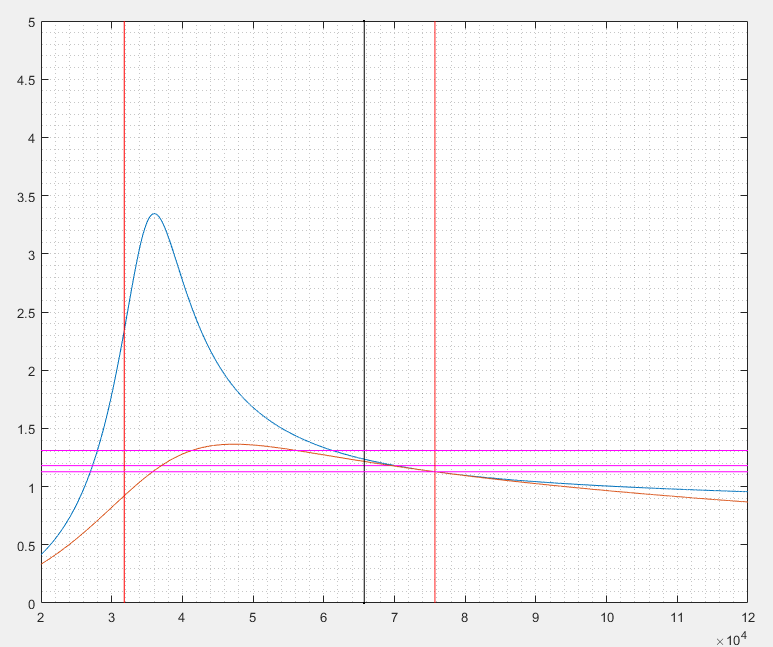Other Parts Discussed in Thread: UCC25600,
Probably I missed something - how can I limit the minimum switching frequency (and the maximum switching frequency) of the UCC256304. The UCC25600 has that RT-Pin and limiting the switching frequency is very easy. I could not find something similar at that new IC.
Thank you
Paul


